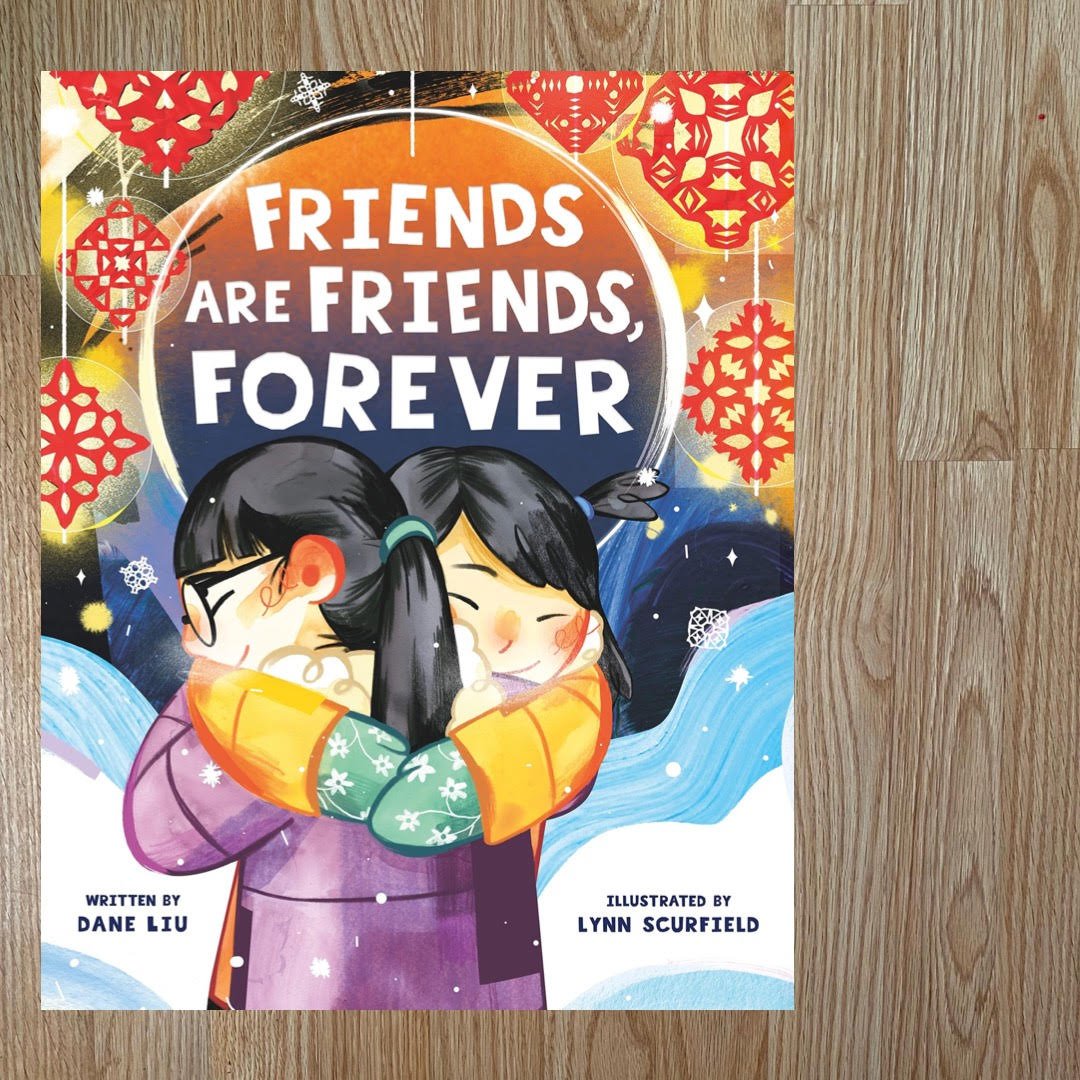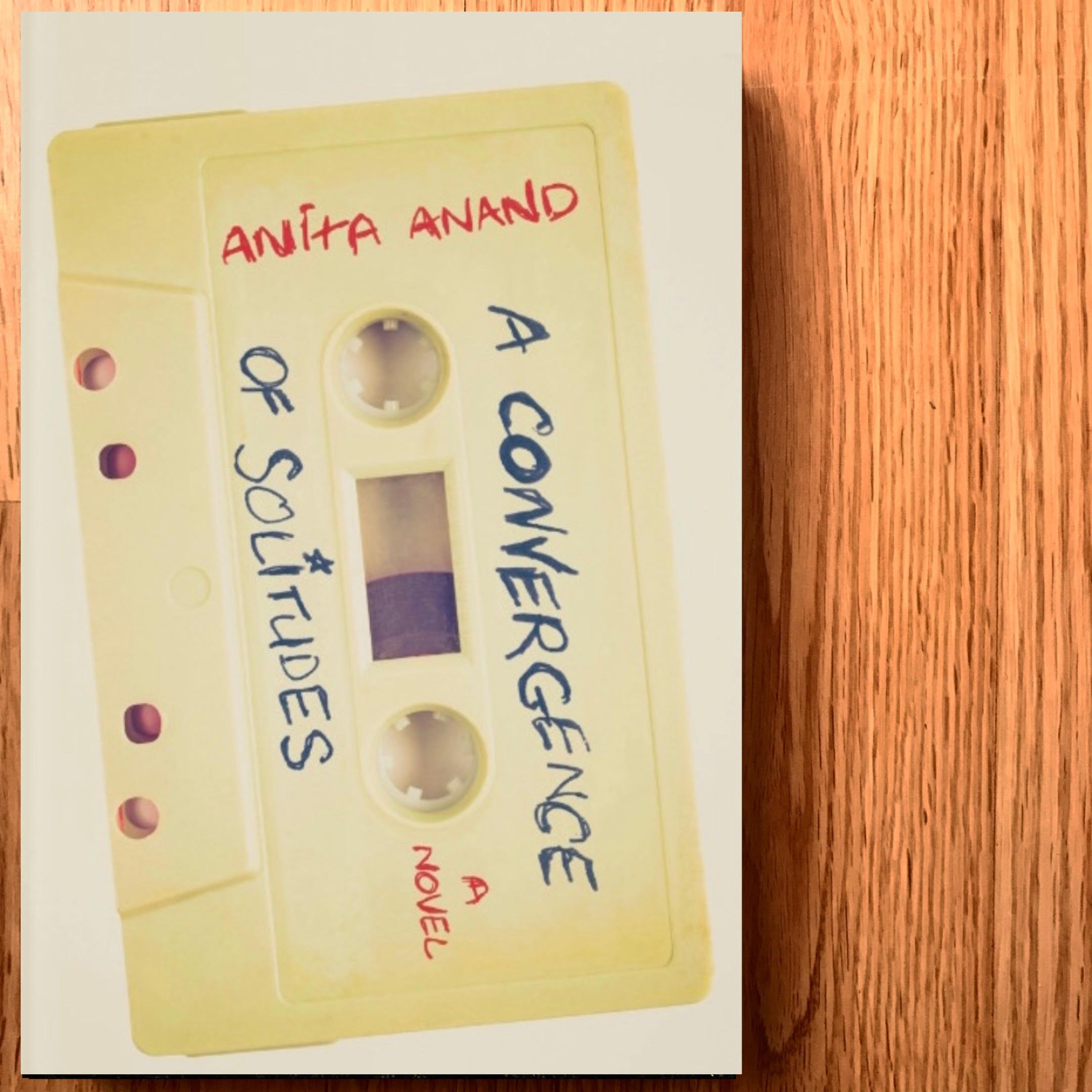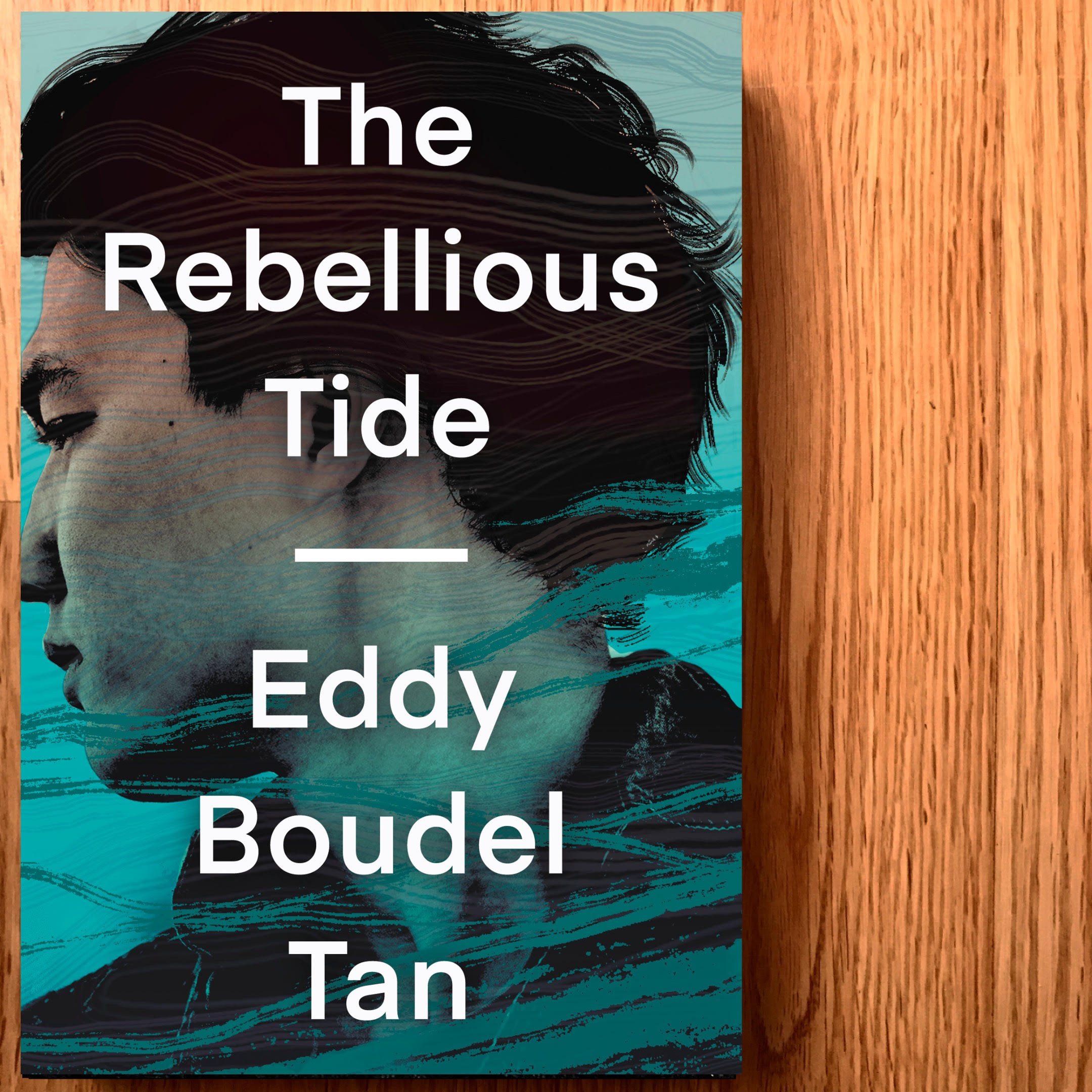By Shantell Powell
Content warning: racism, enslavement, domestic abuse, sexual assault, miscarriage
Mesu Andrews is a Christian author whose books are inspired by her faith. Her novel Isaiah’s Daughter won the Evangelical Christian Publishers Association’s Christy Award, and her website offers Bible study and ministry.
Potiphar is a figure in both the Quran and the Old Testament of the Bible. He is the captain of the Egyptian Pharoah’s guard and purchaser of the Hebrew Joseph (of Joseph and the Amazing Technicolour Dreamcoat fame) as a slave. Impressed by Joseph’s abilities and intellect, Potiphar puts him in charge of his household. Potiphar’s wife Zully, who has a reputation for infidelity, attempts to seduce Joseph. When Joseph doesn’t acquiesce, Zully accuses him of rape.
False rape accusations are a hot topic. They’ve been weaponized—extensively used to fire up racist lynch mobs against Black men. They are also a point of contention for those who are predisposed to disbelieve survivors of sexual assault. The tale of Potiphar’s wife is the seminal false rape accusation story, and I wanted to see how it was approached.
Research-wise, this book is excellent. The author does a good job describing the culture, the religion, and the differences between social classes. Xenophobia and religious prejudice are powerful forces in this book, and Egyptian, Cretan, and Hebrew characters regard one another with varying degrees of mistrust or disdain. The book includes a lot of politicking and intrigue, and sexual control and racism are running themes.
I had a difficult time getting into this book. The story is told from multiple points of view with Zully as the main character. I find her to be an unlikeable protagonist, which is not necessarily a bad thing. I have enjoyed books with despicable protagonists before. The problem here is that although I can get inside her head as a reader. I cannot understand what motivates her to make the decisions she does. She waffles like Hamlet but feels two-dimensional. The book begins well before she ever meets Potiphar or Joseph and shows her obsession with returning to Crete. Trapped in a foreign country, life gets worse and worse for her, and when she eventually makes her move on Joseph, the decision seems to come out of nowhere. The choice doesn’t seem to be in character, and I am unable to suspend my disbelief.
I found the other characters more agreeable. I liked Potiphar until about halfway through the book, Joseph seems like a decent enough chap, and Ahira, Zully’s maidservant, is an interesting character too. I think that if one of these other characters had been the protagonist, the story may have been more enjoyable for me to read. I just can’t wrap my head around Zully’s inconsistencies. That being said, other readers have enjoyed Zully’s character very much, so this could just be my own personal taste at play here.
Potiphar’s Wife may appeal to readers of The Red Tent by Anita Diamant or The Hippopotamus Marsh by Pauline Gedge.
Thank you, Penguin Random House, for a complimentary copy in exchange for an honest review.





















